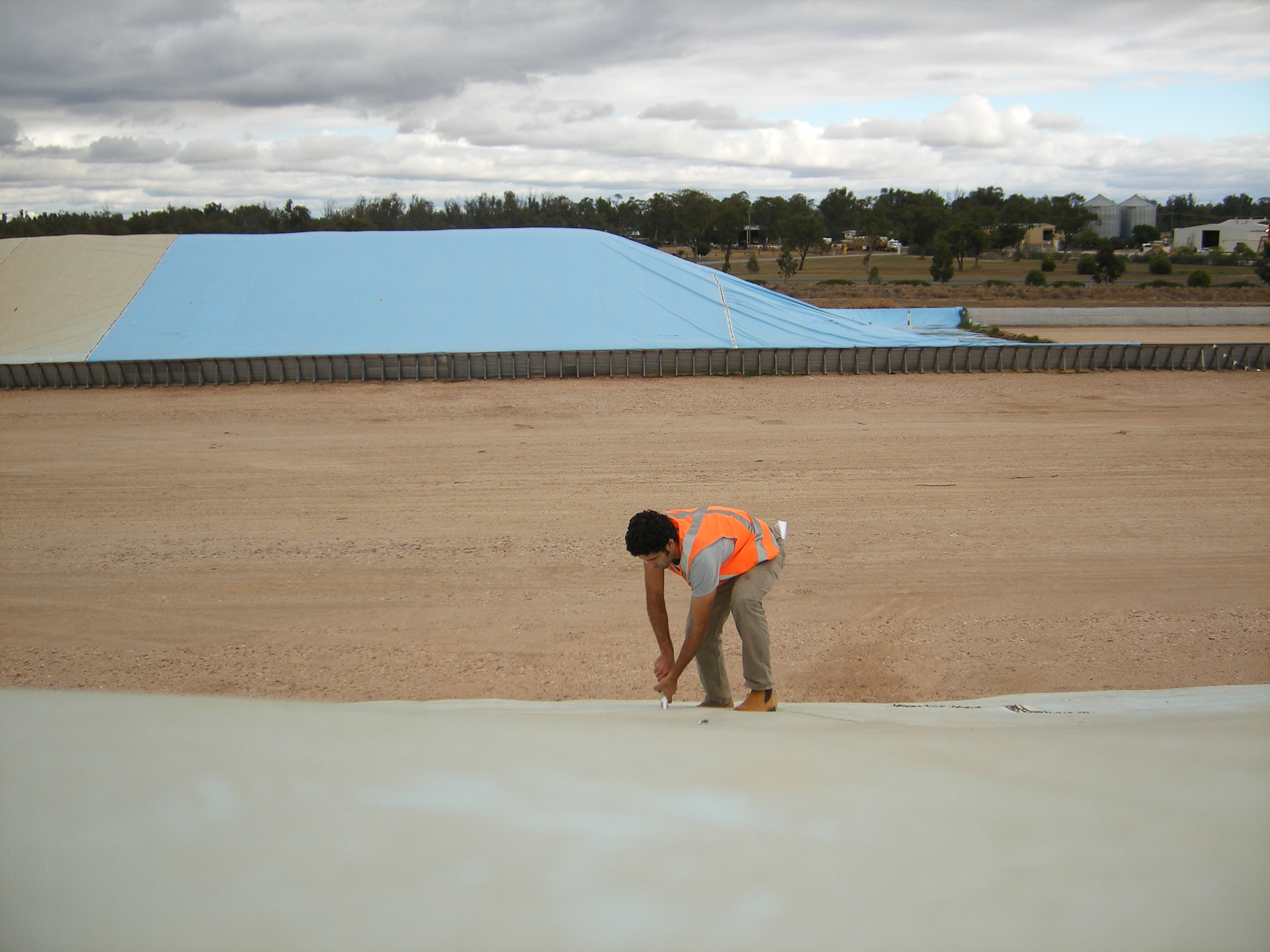You are here: Home > Grains sampling strategy goes overseas
Grains sampling strategy goes overseas
 The Australian grain industry is worth around $6 billion annually. Australia aims for a high quality export product, and since export markets have a ‘nil tolerance’ for live insects, the cost of not detecting pests when they are present is high. The additional costs that we sometimes forget about are the possible direct costs and indirect side effects of treating grain as if there are insects present when they are not. This not only costs money, but in the longer term can lead to insect resistance.
The Australian grain industry is worth around $6 billion annually. Australia aims for a high quality export product, and since export markets have a ‘nil tolerance’ for live insects, the cost of not detecting pests when they are present is high. The additional costs that we sometimes forget about are the possible direct costs and indirect side effects of treating grain as if there are insects present when they are not. This not only costs money, but in the longer term can lead to insect resistance.The aim of the Stored Grains Sampling Strategies project is to maximise the detection of pests in grain when they are present, and demonstrate freedom from infestation of an area when pests are absent. As part of this Dr David Elmouttie (CRC postdoctoral fellow), Dr Andreas Kiermeier (SARDI) and myself developed a statistical model that has recently been published in Pest Management Science.
Using this model and field trials, we have demonstrated that it is possible to improve on the current sampling systems typically used in Australia. This will be advantageous to growers and bulk handlers who want to ensure that their grain is pest free. As the problem of phosphine resistance becomes more prominent, this will also assist with making decisions as to when to treat grain rather than simply treating on a calendar basis.
I was invited to present this model recently at the 10th International Working Conference on Stored Product Protection in Estoril, Portugal. The model was presented both as a poster and during an interactive workshop organised by Dr Fuji Jian (University of Manitoba) and Professor Paul Flinn (USDA). The feedback from these presentations was constructive, with researchers interested to understand the way that we had incorporated the ecology of pest species into the statistical model in order to improve the probability of detection.
Improving the probability of detection was the focus a presentation by Dr David Elmouttie at the International Statistical Ecology Conference held this year at the University of Canterbury in Kent. David demonstrated the statistical workings of the model and showed that this approach can be applied in a number of different fields in additional to stored products sampling.
To keep up to date with developments overseas and to communicate our recent findings, I have recently visited Kansas State University where I was generously hosted by Professor Bhadriraju Subramanyam, an internationally respected grains researcher who has published extensively on grains sampling. This was a highly productive visit. I also met a number of internationally established researchers at KSU, including Professor Tom Phillips (Head of the Department of Entomology), Professor Jim Stack (Director of the Great Plains Diagnostic Network) and Professor John Leslie (Head of Plant Pathology Department). In addition to KSU researchers, I was able to visit the nearby Centre for Grain and Animal Health Research to meet Professor Paul Flinn, Dr Frank Arthur and Dr Jim Campbell.
This visit enabled me to inspect the cutting edge research facilities available to these researchers, including experimental grain silos, controlled temperature rooms, a functional full scale grain elevator and new flour mill. Collaborations are now underway and with plans for future research.
Photo caption: CRC postdoc Dr David Elmouttie taking grain samples
Image courtesy of Dr David Elmouttie
Article written by Dr Grant Hamilton

